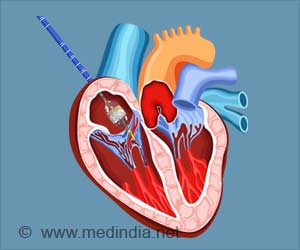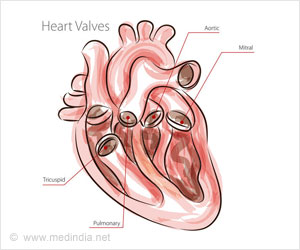FAQs on Transcatheter Aortic Valve Replacement: Opening Doors to a Second Chance
1. What is TAVR?Minimally invasive procedure to replace a narrowed aortic valve with an artificial one.
2. Who needs TAVR?
Patients with severe aortic stenosis are at high risk for complications from open-heart surgery.
3. Is TAVR better than open-heart surgery?
For high-risk patients, TAVR offers faster recovery and less pain.
4. How is TAVR done?
A catheter with a replacement valve is inserted through a blood vessel and positioned in the heart.
5. What are the access points for TAVR?
Common access is through the groin;however,the chest, stomach, or other points may be used.
6. What are the risks of TAVR?
Bleeding, stroke, heart attack, valve leakage, need for permanent pacemaker.
7. What are the benefits of TAVR?
Minimally invasive, faster recovery, suitable for high-risk patients.
8. How long does a TAVR procedure take?
The procedure itself usually takes 1-2 hours.
9. How long is the hospital stay after TAVR?
Typically, patients go home within a few days.
10. What kind of anesthesia is used for TAVR?
Sedation or general anesthesia depending on your doctor's recommendation.
11. What medications are given after TAVR?
Blood thinners and antibiotics are commonly prescribed.
12. How long does a TAVR valve last?
Generally 10 years, but individual results may vary.
13. What are the recovery limitations after TAVR?
Your doctor will advise on restrictions, but recovery is often faster than open-heart surgery.
14. Can I fly after TAVR?
Consult your doctor, but usually flying is possible after a recovery period.
15. What are the long-term effects of TAVR?
TAVR can significantly improve the quality of life for patients with severe aortic stenosis.









